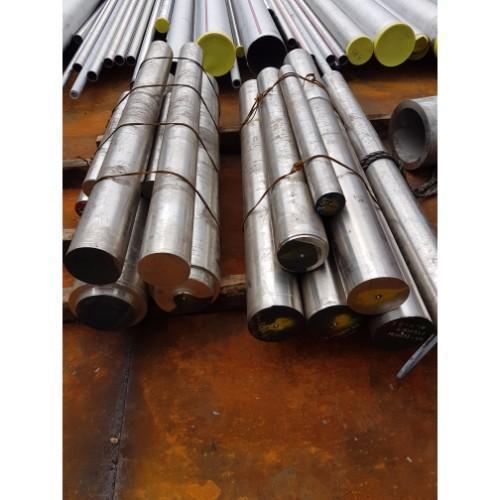Shall be made up of a combination of the nonferrous metals: stainless steel, insulated copper wire, aluminum, copper, lead, magnesium, nickel, tin, and zinc, in elemental or alloyed (solid) form. The percentage of each metal within the nonferrous concentrate shall be subject to agreement between buyer and seller. Material generated by computer sensing equipment (e.g., induction sensor sorting or X-ray) technique(s). Shall have passed one or more magnets to reduce or eliminate free iron and/or large iron attachments. Shall be free of radioactive material, dross, or ash. Material to be bought/sold under this guideline shall be identified as “Zurik” with a number to follow indicating the estimated percentage nonferrous content of the material (e.g.,“Zurik 90” means the material contains approximately 90% nonferrous metal content). May also be screened to permit description by specific size ranges.
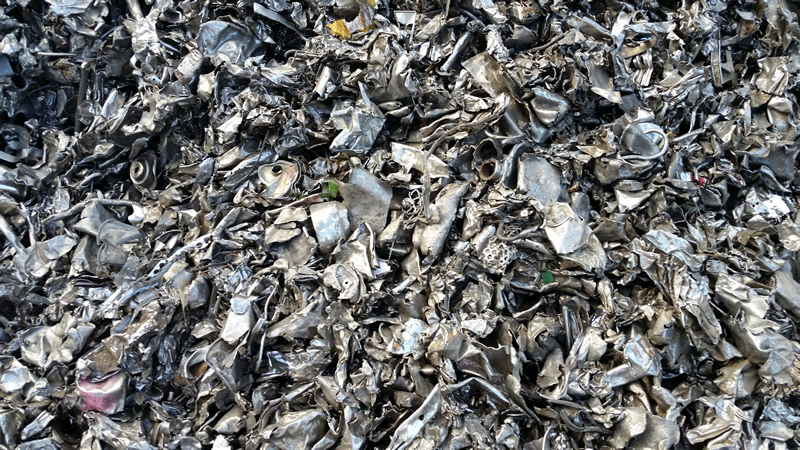
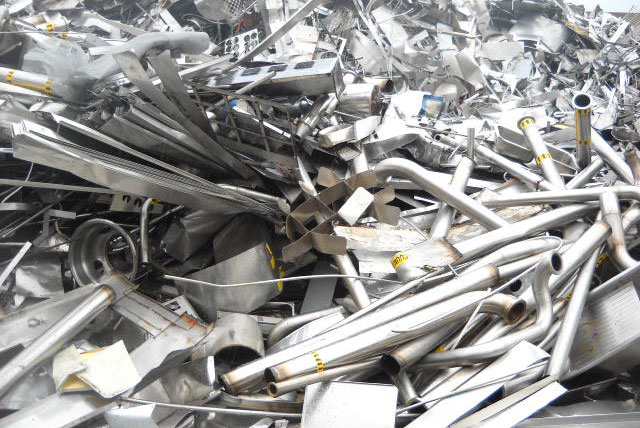
Grade 304 stainless steel is comprised of around 18% chromium and 8% nickel. As well as offering good resistance to corrosion and ease when welding, this formula has excellent ductility and can be used in an extremely wide range of applications. Particulars concerning physical description, grading, additional analysis, and preparation to be agreed upon between buyer and seller.
CHEMICAL COMPOSITION: Fe, <0.08% C, 18-20% Cr, 8 -10% Ni, <2.0% Mn, <0.75% Si, <0.045% P, <0.030% S
Grade 316 stainless steel is comprised of around 16% Chromium, 10% Nickel & 2% Moly as well as offering good resistance to corrosion and ease when welding, this formula has excellent ductility and can be used in an extremely wide range of applications and have a maximum of .50% molybdenum, .50% copper, .045% phosphorous, and .03% sulfur, and otherwise free of harmful contaminants. Particulars concerning physical description, grading, additional analysis, and preparation to be agreed upon between buyer and seller.
CHEMICAL COMPOSITION: Fe, <0.03% C, 16-18.5% Cr, 10-14% Ni, 2-3% Mo, <2% Mn, <1% Si, <0.045% P, <0.03% S
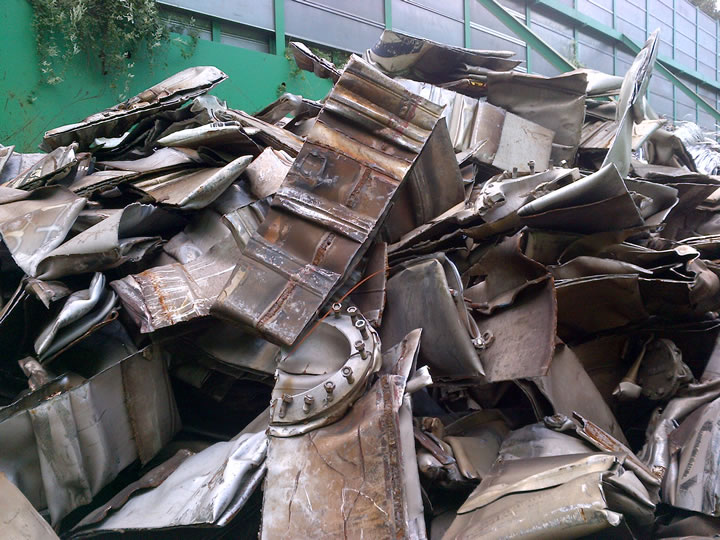
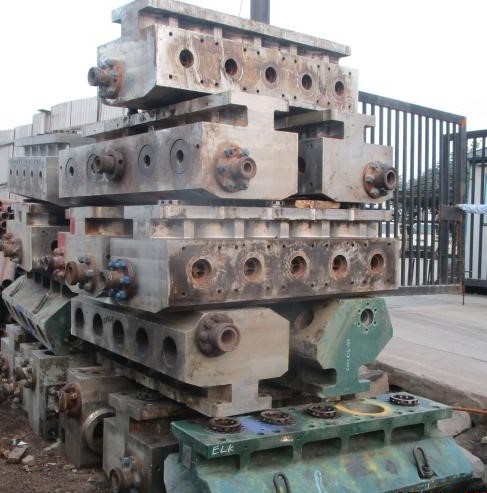
17-4PH Precipitation Hardening Stainless Steel Alloy (S17400), Type 630, is a chromium-nickel-copper precipitation hardening stainless steel used for applications requiring high strength and a moderate level of corrosion resistance. Whereas 15-5PH Precipitation Hardening Stainless Steel Alloy (S15500) is a variant of the older 17-4 PH (S17400) chromium-nickel-copper precipitation hardening stainless steel. Both alloys exhibit high strength and moderate corrosion resistance.
CHEMICAL COMPOSITION:Fe, <0.07% C, 14-17% Cr, 3-5% Ni, 3-5% Cu, <1% Mn, <1% Si, <0.04% P, <0.03% S
Inconel is the group of austenitic nickel-based superalloys. Inconel scrap is primarily composed of nickel (70 to 77 percent), chromium (15 percent), Iron (10 percent), as well as trace amounts of manganese, copper, silicon, carbon, sulfur and other elements. Various Inconel scrap properties include being corrosion and oxidation resistant (making recycled Inconel scrap very appropriate for use in harsh environments), and high temperature strength (and retains its strength over a broad temperature range). Specific types of recycled Inconel scrap are made of compositions for specific applications including low cobalt content for nuclear systems and component applications and gamma prime strengthened for good weldability properties.
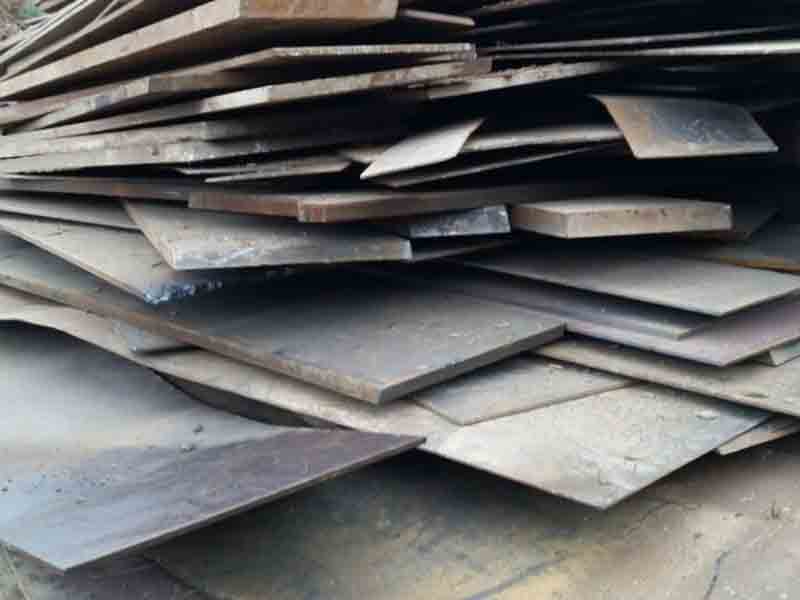
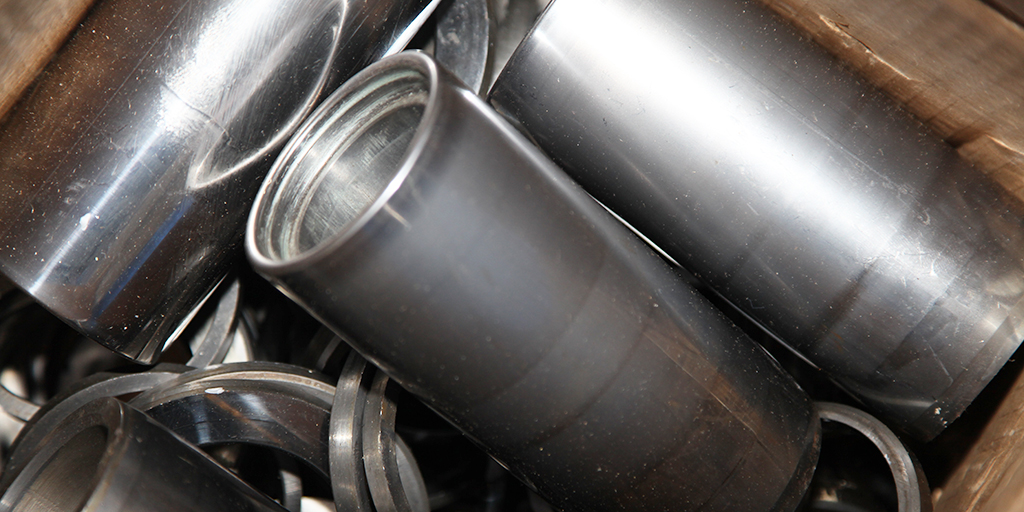
Shall consist of clean R and K-Monel solids such as sheet, plate, pipe, rods, forgings, screen and wire cloth. Must be free of soldered, brazed, welded, or sweated material, cast material, foreign attachments, and all other contamination.
Shall consist of old, and/or new, segregated (normally accepted analysis grades) either 70/30, 80/20, 90/10 cupro nickel tube, pipe, sheet, plate, or other wrought solid forms. Maximum 2% sediment allowable. Any other forms of cupro nickel solids such as castings, gates, risers, spills, etc., packaged separately, may or may not be included, only upon agreement between buyer and seller. Must be free of foreign attachments and all other contamination. Other particulars concerning physical description, analysis and packaging to be agreed upon between buyer and seller.
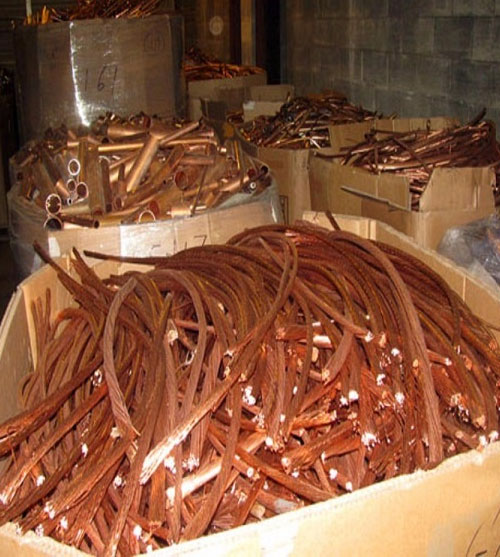
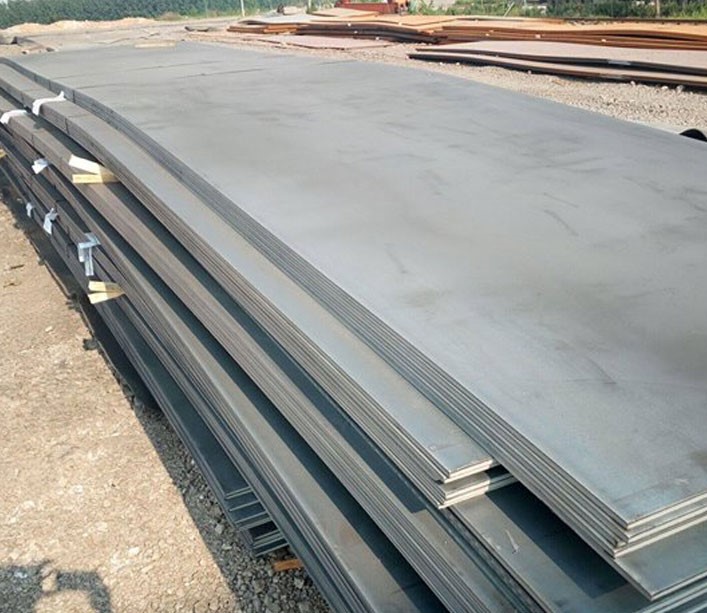
Stainless steel is virtually indestructible, with inherent long-life properties that do not diminish over time or repeated use. It has a superior strength-to-weight ratio compared to the grades of glass, ceramics, aluminum, polystyrene, conventional plastics, or compostable PLA plastic. Once products made from SS become old then they can be remelted and used again in forms of plates, pipes or sheets.
Shall consist of clean 18-8 type stainless steel turnings containing a minimum 7% nickel and 16% chrome, and to be free of nonferrous metals, nonmetallics, excessive iron, oil and other contaminants. Particulars concerning physical description, assay, and packaging to be agreed upon between buyer and seller.
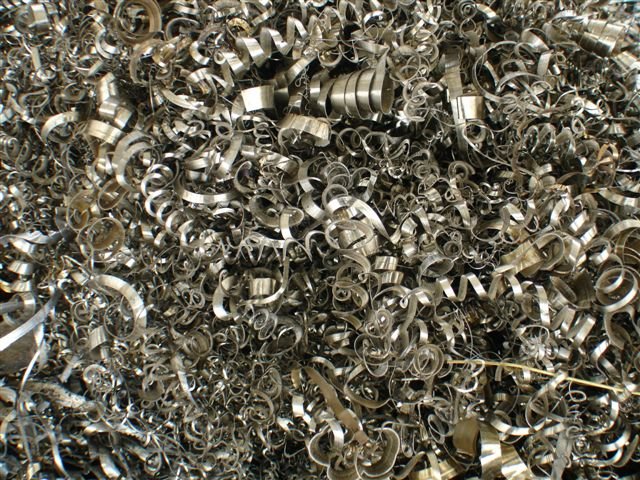
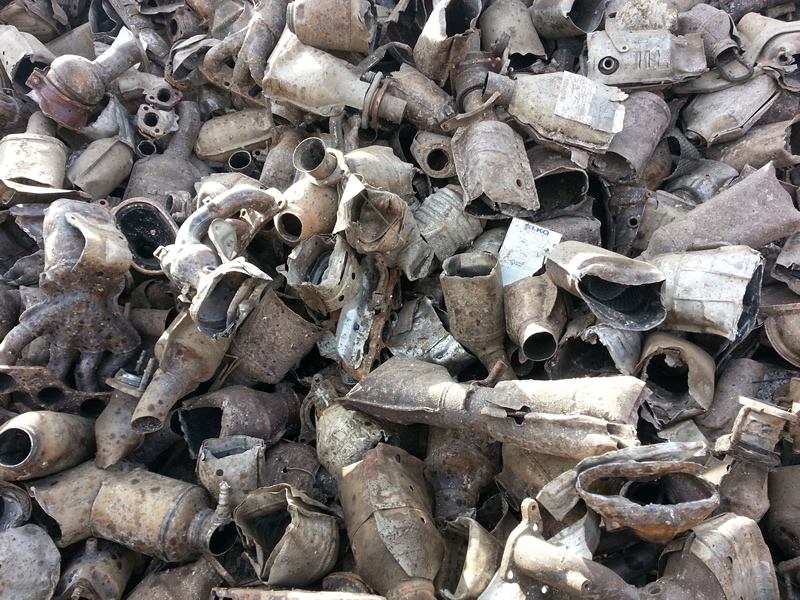
Also known as "SS 409 SHELLS" A catalytic converter is an exhaust emission control device that reduces toxic gases and pollutants in exhaust gas from an internal combustion engine into less-toxic pollutants by catalyzing a redox reaction (an oxidation and a reduction reaction). Catalytic converters are usually used with internal combustion engines fueled by either gasoline or diesel—including lean-burn engines as well as kerosene heaters and stoves.
Also known as "SHREDDED 409 SHELLS" Properties remain same as Regular catalytic shells however the form is shredded.
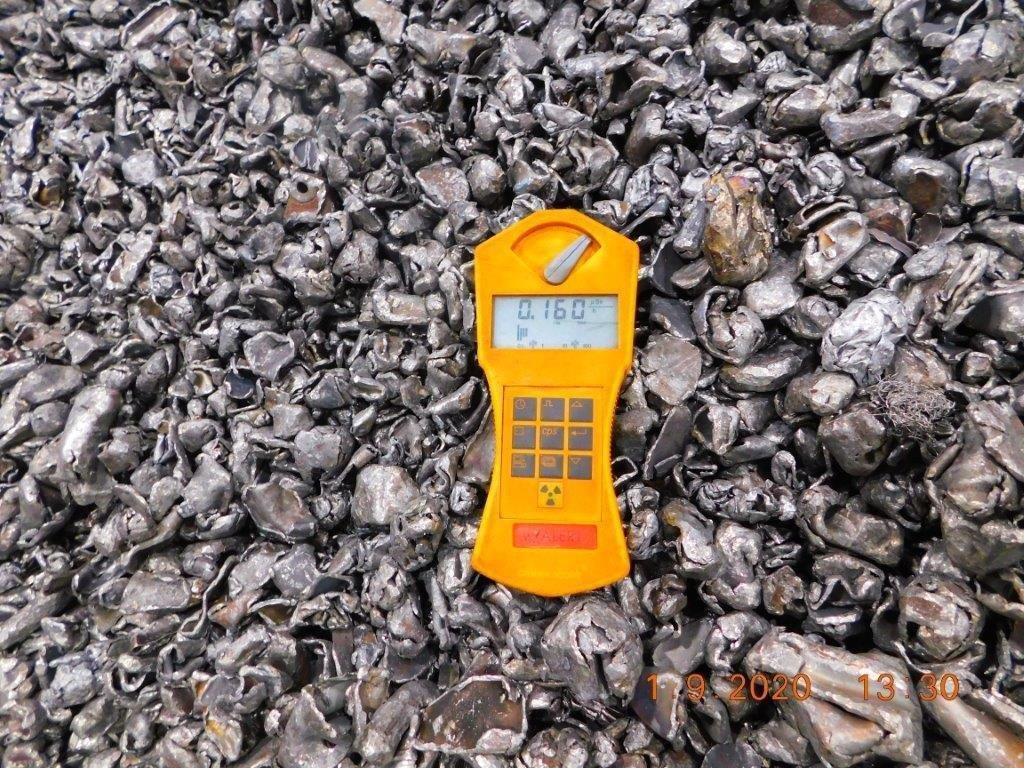

Stainless steel grade 430 is a non-hardenable steel containing straight chromium, and belongs to the ferritic group of steels. This steel is known for its good corrosion resistance and formability, coupled with practical mechanical properties. It can be used in certain chemical applications due to its resistance to nitric acid. Grade 430F stainless steel is usually provided in bar form to be used in automatic screw machines.
CHEMICAL COMPOSITION:Fe, <0.12% C, 16-18% Cr, <0.75% Ni, <1.0% Mn, <1.0% Si, <0.040% P, <0.030% S
Grade 410 stainless steels are general-purpose martensitic stainless steels containing 11.5% chromium, which provide good corrosion resistance properties. However, the corrosion resistance of grade 410 steels can be further enhanced by a series of processes such as hardening, tempering and polishing. Quenching and tempering can harden grade 410 steels. They are generally used for applications involving mild corrosion, heat resistance and high strength.
CHEMICAL COMPOSITION:Fe, <0.15% C, 11.5-13.5% Cr, >0.75% Ni, <1.0% Mn, <1.0% Si, <0.04% P, <0.03% S
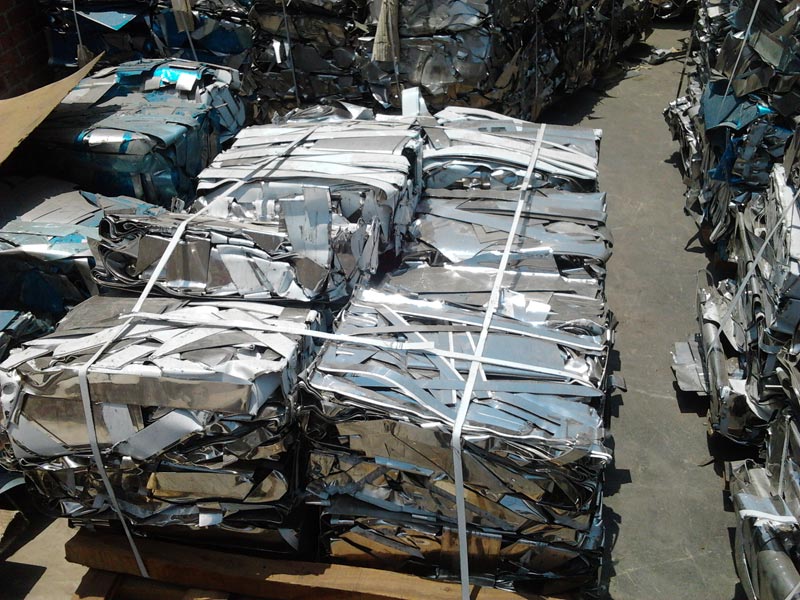
 (Medium)[272313].jpg)
Grade SS 446 stainless steel is a ferritic, non-heat treatable stainless steel that provides good resistance to high temperature oxidation and corrosion. The following datasheet provides more details of grade 446 stainless steel.
CHEMICAL COMPOSITION:Fe, <0.20% C, 23-27% Cr, >0.25% Ni, <1.5% Mn, <1.0% Si, <0.04% P, <0.03% S
GRADE 2205 stainless steel is a cost effective solution for many applications where the 300 series stainless steels are susceptible to chloride stress corrosion cracking. Stress corrosion cracking occurs when stainless steels are subjected to tensile stress, while in contact with solutions containing chlorides. Increasing temperatures also increase the susceptibility of stainless steels to stress corrosion cracking. The combination of chromium, molybdenum and nitrogen convey the good resistance of SS 2205 to chloride pitting and crevice corrosion. This resistance is extremely important for services such as marine environments, brackish water, bleaching operations, closed loop water systems and some food processing applications. The high chromium, molybdenum and nitrogen contents of 2205 provide corrosion resistance superior to common stainless steels, such as, 316L and 317L in most environments.
CHEMICAL COMPOSITION:Fe, <0.10% C, 19-21% Cr, 10 - 12% Ni, <2% Mn, <1.0% Si, <0.04% P, <0.03% S.
